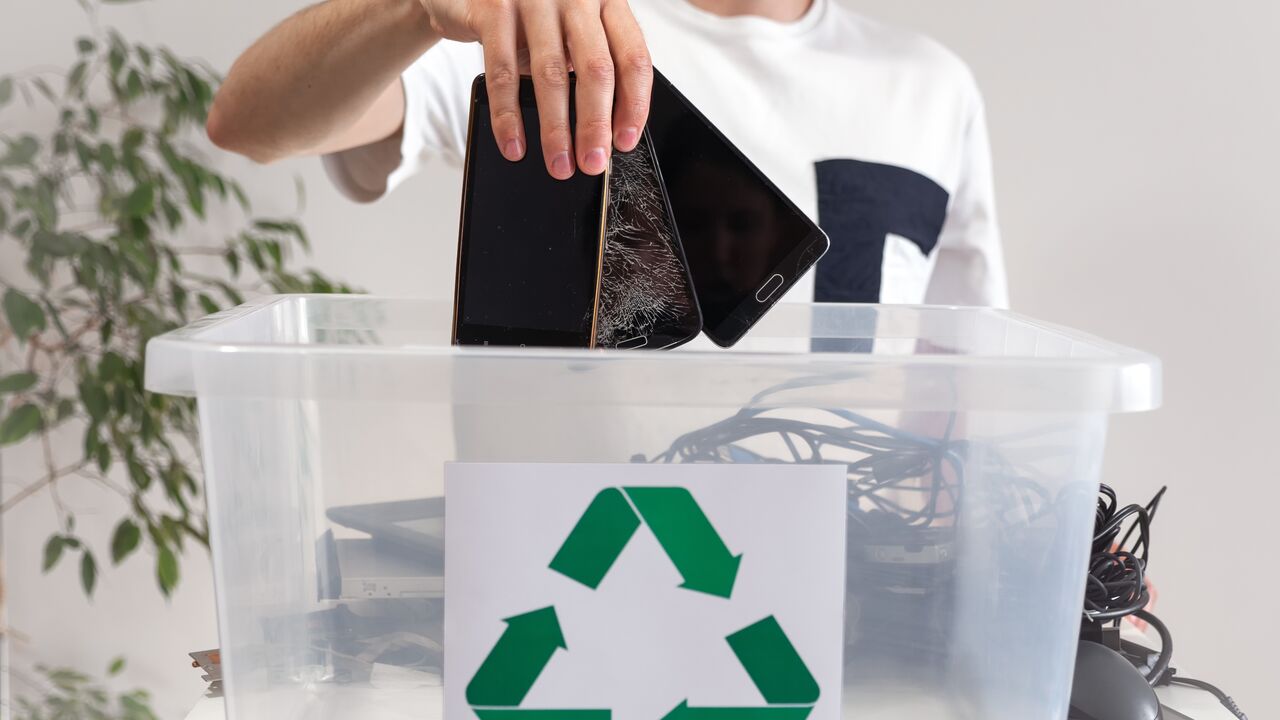The Definitive Guide to Recycling Lives Services
The Definitive Guide to Recycling Lives Services
Blog Article
The Ultimate Guide To Recycling Lives Services
Table of ContentsSome Ideas on Recycling Lives Services You Should KnowThe Single Strategy To Use For Recycling Lives ServicesSome Known Details About Recycling Lives Services A Biased View of Recycling Lives ServicesOur Recycling Lives Services Statements

You can take all house electrical products to Oxfordshire's waste reusing centres for recycling. If your product remains in functioning problem, think about contributing it. If your electric product is broken, you can try to find a local repair work caf where volunteers can fix it. You can also take into consideration borrowing electrical products that you don't make use of often. Furthermore, all Oxfordshire neighborhood authorities approve vapes and e-cigarettes as a separate kerbside collection. Disposable vapes be placed inside your wheelie bins. Just how they are gathered in each location varies slightly; examine you have the proper information for your area. Make use of the Waste Wizardsearch device to examine just how your regional authority accumulates this waste or find other drop-off places in your area.
Mobile batteries the kind you locate in little handheld gadgets can likewise be reused at the kerbside but not inside any of your containers. Bigger stores that sell batteries additionally have collection factors for reusing old batteries.
The Single Strategy To Use For Recycling Lives Services
Older-style filament or halogen light bulbs can be disposed of in your basic rubbish bin at home. Some Do it yourself stores also have collection factors for light bulbs.

Some Known Factual Statements About Recycling Lives Services
Electric products are broken down right into separate pasts to ensure that the different materials they are made up of can be eliminated and reused. Waste recycling centres are for usage by owners only and can decline waste from commercial resources. Tiny services and investors have a obligation of care under this system, which indicates they additionally have to comply with the WEEE regulations.
E-waste, electronic waste, e-scrap and end-of-life electronics are terms frequently made use of to define used electronics that are nearing completion of their helpful life, and are thrown out, contributed or provided to a recycler. The UN defines e-waste as any kind of disposed of items with a battery or plug, and includes poisonous and hazardous substances such as mercury, that can present severe risk to human and environmental health.
The Definitive Guide to Recycling Lives Services
Just 17.4% of this electronic waste, including a mix of dangerous substances and valuable materials, will be recorded as being effectively gathered, treated and reused - https://www.imdb.com/user/ur189005343/. Several campaigns are taken on to tackle this growing problem, however none can be completely efficient without the active role and right education of consumers

Extracting discarded electronic devices creates 80% less emissions of carbon dioxide per device of gold contrasted with mining it from the ground. In 2015, the extraction of resources made up 7% of the world's energy consumption. This means that relocating towards making use of more additional resources in digital items can aid substantially within the targets straight from the source set out in the Paris Arrangement on environment adjustment.
The Basic Principles Of Recycling Lives Services
When the carbon dioxide released over a gadget's life time is thought about, it mostly occurs throughout manufacturing, prior to customers acquire an item. This makes reduced carbon processes and inputs at the production phase (such as use recycled raw materials) and item life time essential components of overall environmental effect.
Even in the EU, which leads the world in e-waste recycling, just 35% of e-waste is formally reported as appropriately accumulated and reused. The absence of reusing considers greatly on the global digital sector and as gadgets become much more countless, smaller and more complicated, the concern rises.
The staying mass of e-waste mostly plastics tied with steels and chemicals presents a much more intractable problem. A new vision for the production and consumption of digital and electric products is needed. It is easy for e-waste to be framed as a post-consumer problem, yet the concern includes the lifecycle of the gadgets everyone uses.
Report this page